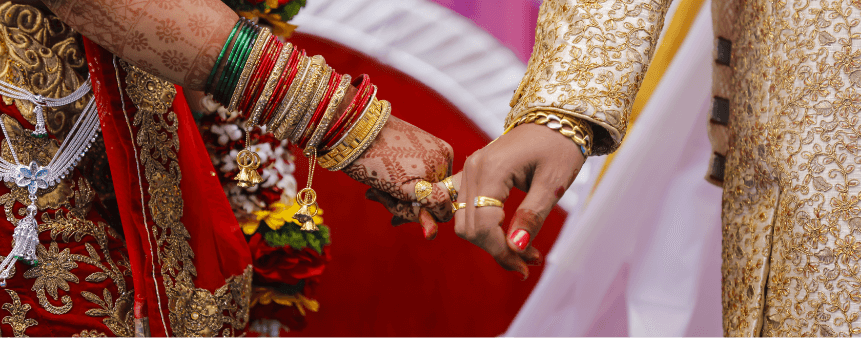Talk to India's best Astrologers
First Consultation at ₹1 only
Login
Enter your mobile number
The festival is celebrated on the full moon day in the Hindu month of Phalguna, which falls in late February or early March. On the night before Holi, bonfires are lit to symbolise the burning of the demoness Holika, who tried to harm the devotee Prahlada.
On the day of Holi, people take to the streets to throw coloured powders, play music, dance, and have feasts. The colourful powders, called 'gulal,' represent the happiness, love, and unity that Holi represents. Friends and strangers embrace each other and apply the colours, signifying the breaking down of social barriers and the coming together of communities.
Holi also has religious significance, as it is believed to commemorate several events from Hindu mythology, including the story of Radha and Krishna and the legend of Lord Shiva and his wife Parvati. In these stories, the colours and joy of Holi celebrate the triumph of love and devotion over hate and cruelty.
In addition to the festivities in the streets, Holi is also celebrated at home with special foods, which are also known as Holi specialities, such as Mathri, Gujiya, and Thandai. These traditional sweets and snacks are made for the occasion and shared with family and friends. Moreover, for the year 2023, the festival of Holi will be celebrated on 8th March 2023. The day will be Wednesday for the same.
Holi is a time for celebration, forgiveness, and renewal. People of all ages and backgrounds enjoy it. Despite its religious origins, the festival is a worldly event that brings people together to spread love, happiness, and peace. The importance of Holi lies in the bring-in of unity and reform.
The story behind the Holi festival celebration has its roots in Satyug. So, from that era, there are two legends about the celebration of the Holi festival. These are as follows:
Radha Krishna
The first Holi story in English is about the time when Lord Krishna was confused and doubted if Radha would accept him even after their colour difference. According to Lord Krishna, Radha was very fair, and on the other hand, he was not. Lord Krishna went to his mother, Yashodha and explained his dilemma to her. Yashodha gave him advice that he could ask Radha to colour his face with any and every colour she likes. According to legends, this is what started the festival of Holi in the Brij area. The festival there is seen as a celebration of Radha and Krishna’s love and is celebrated with utmost zeal and joy by the natives.
Lord Vishnu and Prahlad
The second story behind the Holi festival mentions Lord Vishnu and his devotee Prahlad. According to legends, Prahlad was the son of the king of Asuras, Hirnakashyap. However, unlike his father, Prahlad was a faithful devotee of Lord Vishnu. This is something that Hirnakashyap did not like about Prahlad, and he decided to kill his own son. One of the reasons for this was that Hirnakashyap wanted everyone to worship him, but his own son Prahlad did not agree to do so as he was faithful towards Lord Vishnu.
Now, in order to kill his son, Hirnakashyap planned to kill Prahlad by making him sit under a pyre of wood along with his aunt Holika. This was done by Holika, as it is said that she tricked Prahlad into sitting with her in the pyre. However, according to Holika and Hirnakashyap’s plan, Holika would be covered in a cloth that would protect her from the fire but would burn Prahlad alive. However, when the fire was lit, the cloth protected Prahlad instead and burned Holika. Since then, Holika Dahan or Holika Bonfire came to be celebrated every year on Holi eve in order to celebrate the victory of good over evil.
However, the story doesn’t end here. Later on, Lord Vishnu took Narasimha's avatar in order to kill Hirnakashyap. Thus, the celebration of Holi and Holika Dahan is celebrated every year in order to celebrate the glory of truth and goodness. In the northern part of India, this mythology holds significance behind the Holi festival.
In conclusion, Holi is a vibrant and joyful festival that brings people together and celebrates the arrival of spring. Whether through throwing coloured powders, feasting with friends and family, or participating in religious rituals, Holi is a time to embrace the spirit of love and unity.
The three facts about Holi include the following:
